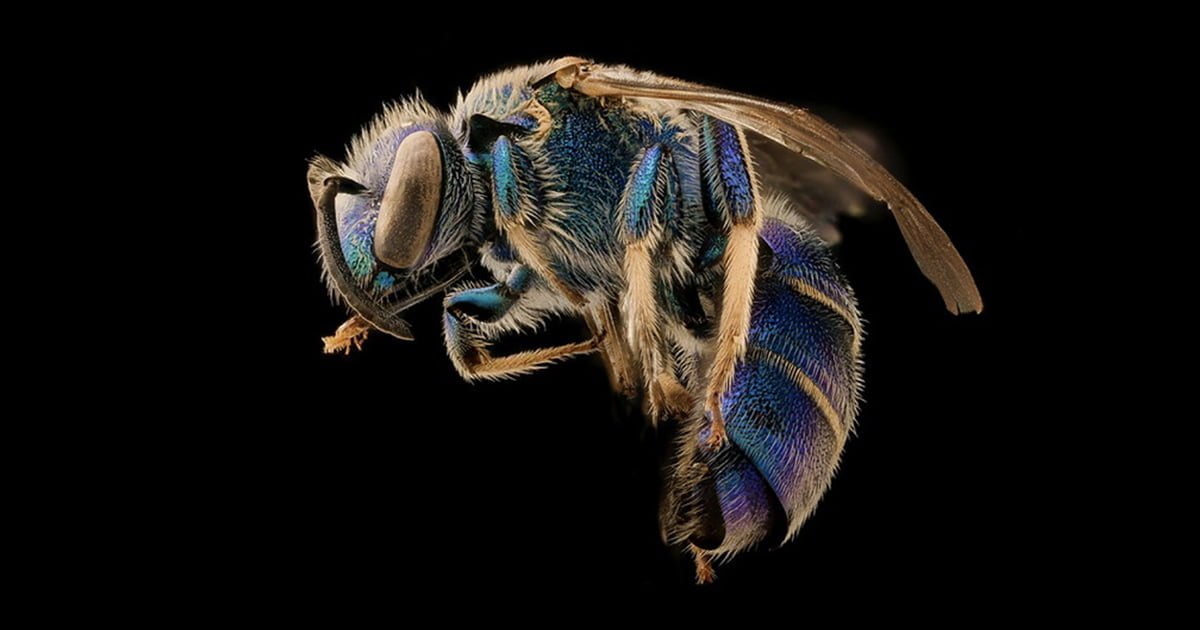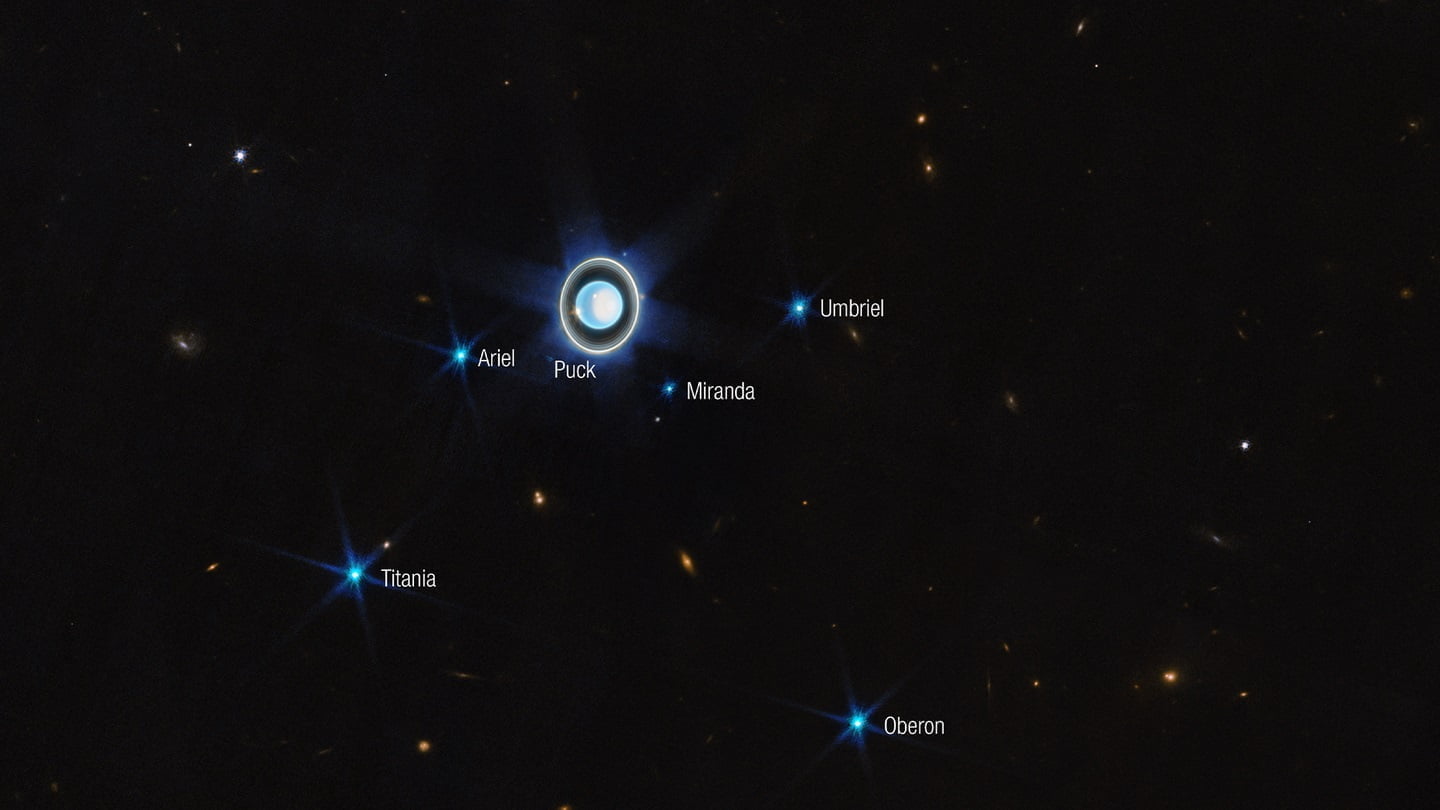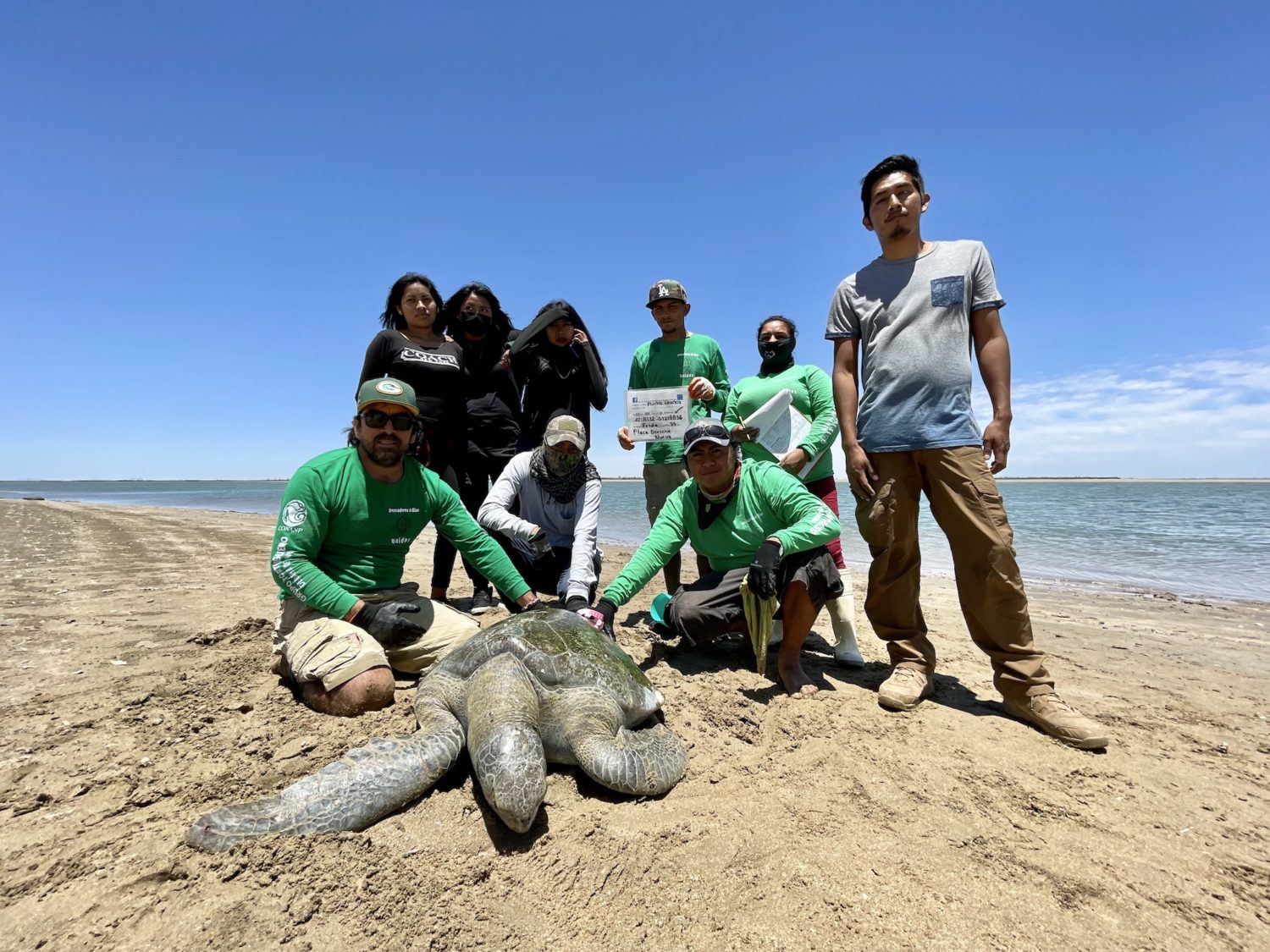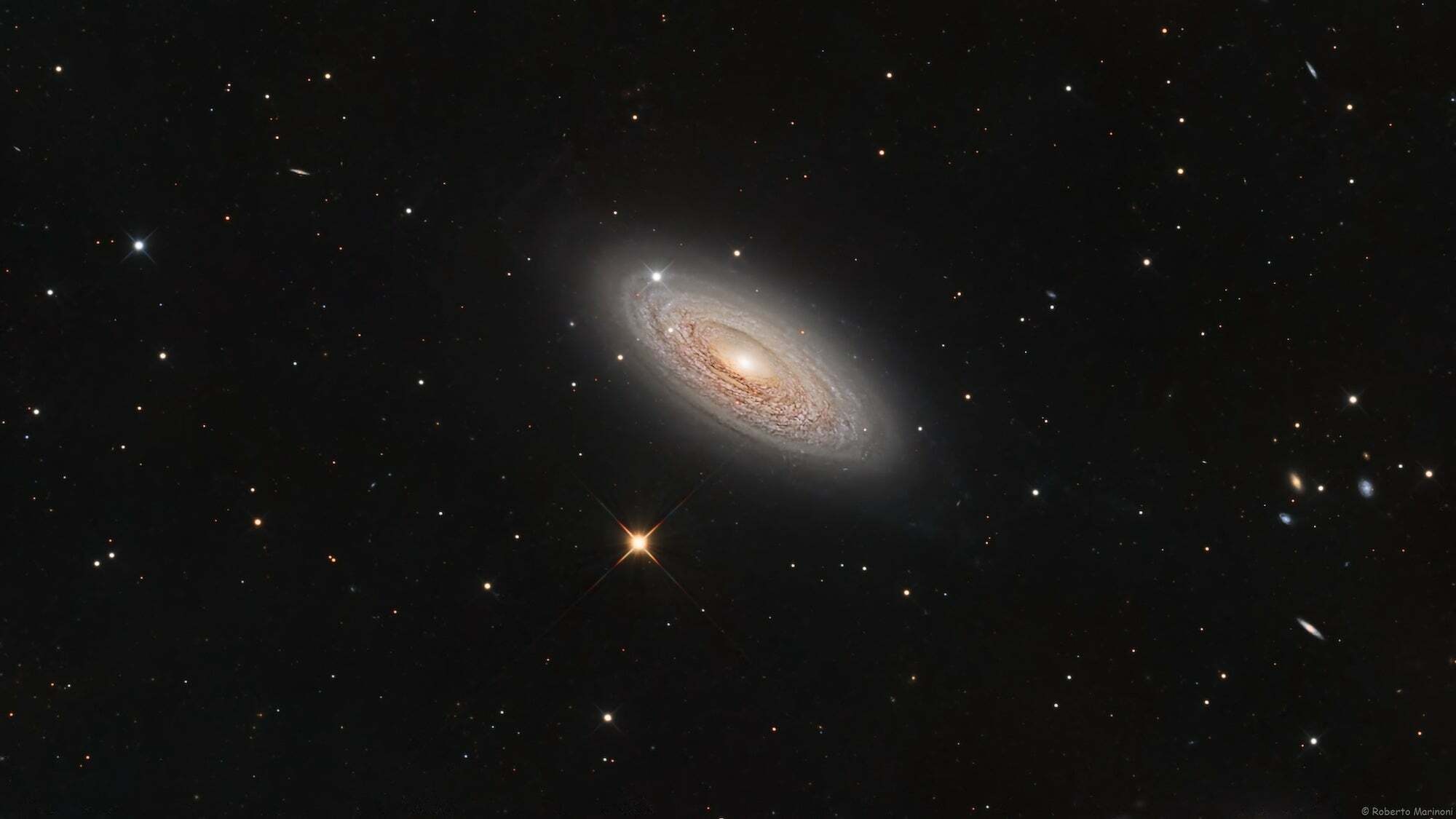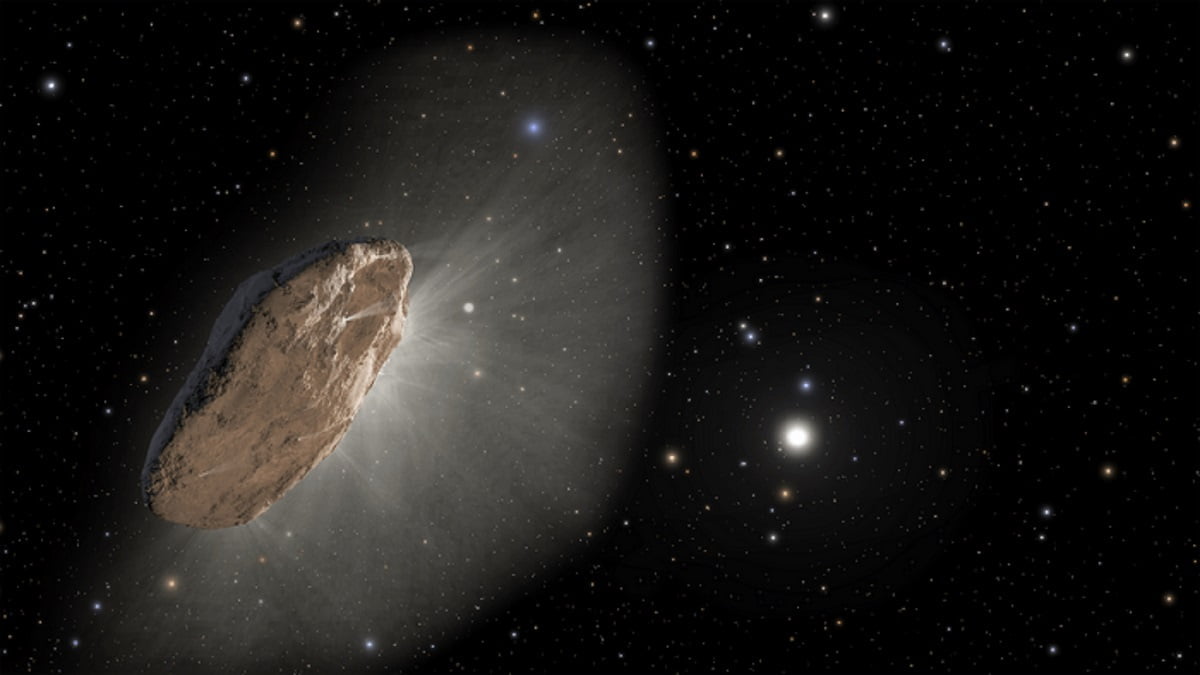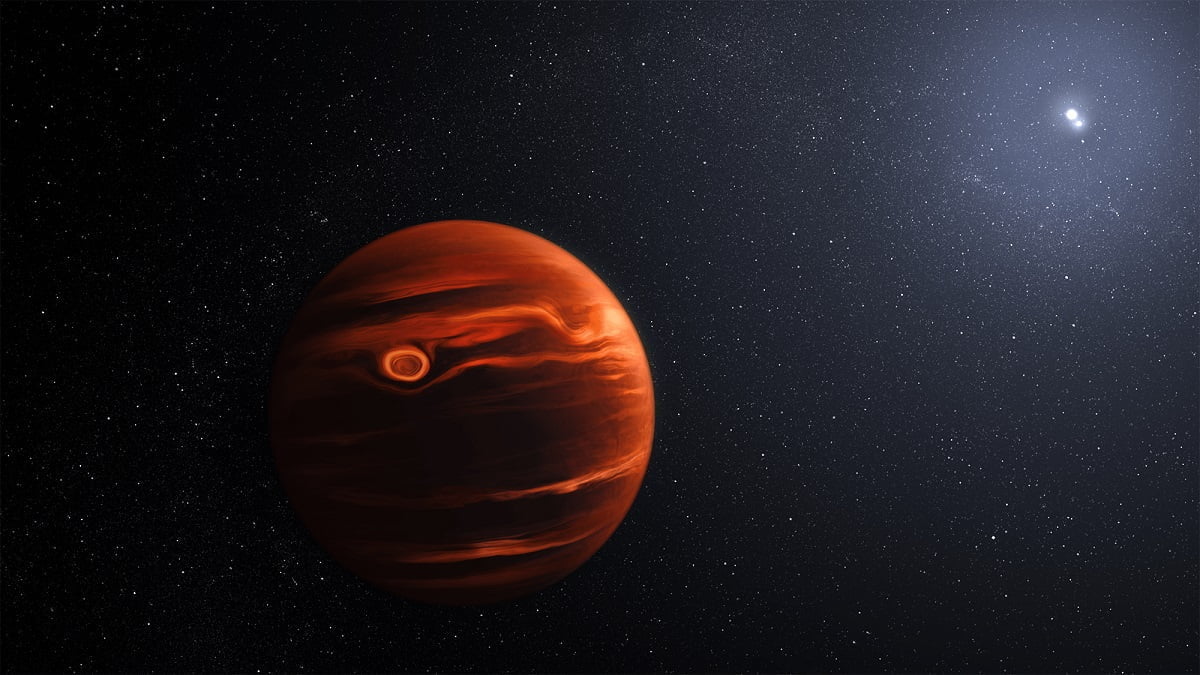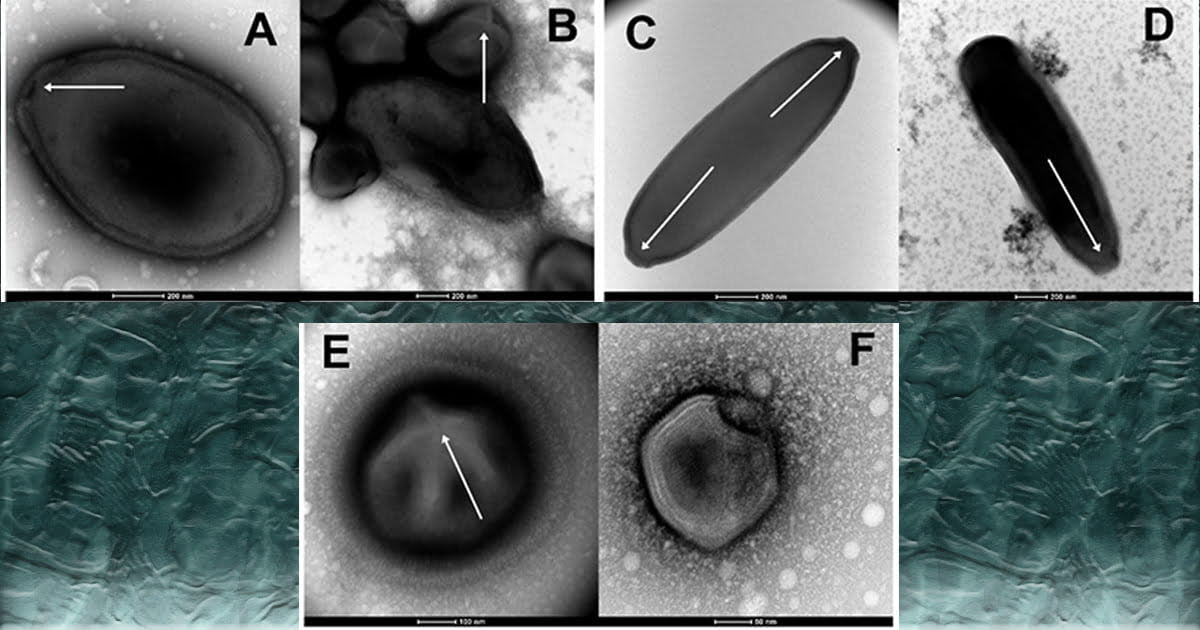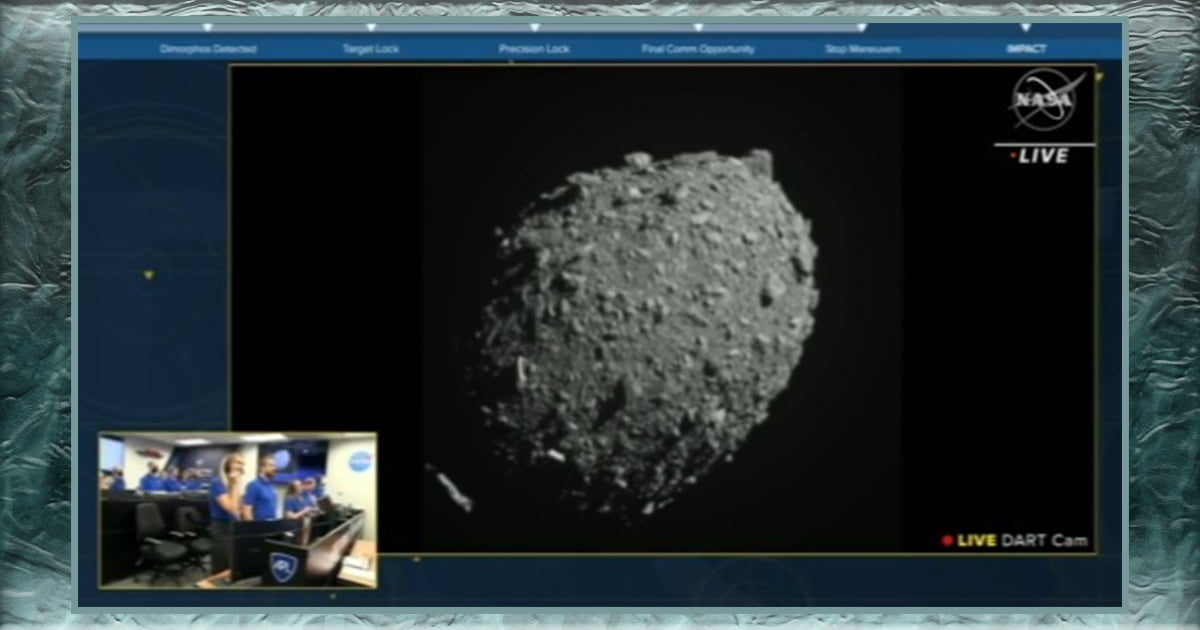‘Beenome’ project aims to boost bee conservation with genetic mapping
by Liz Kimbrough – MongaBay – Creative Commons
- Scientists have announced a plan to map the genomes of at least 100 bee species, representing each of the major bee taxonomic groups in the U.S., to help them determine which bees are more vulnerable to climate change and pesticides.
- A recent study found that of 46 U.S. bumblebee species on record, most had been negatively affected by temperature change over the past 120 years, more so than by precipitation and floral resources.
- A recent court ruling in California allows insects to be covered by the state endangered species act, protecting four native bumblebee species and setting a precedent for similar insect protections in other states.
- At the individual level, you can help bees by cultivating bee habitats, avoiding pesticide use, and planting pollinator-friendly plants in your own yard.
(MongaBay) – From tiny, jewel-toned metallic bees to cartoonish and lumbering bumblebees, the United States is home to more than 4,000 native and 55 non-native bee species. Now, scientists have announced a plan to map the genomes of at least 100 of these species, representing each of the major bee taxonomic groups in the U.S.
The project “will help researchers answer the big questions like what genetic differences make some bee species more vulnerable to climate change or whether a bee species is likely to be more susceptible to a pesticide,” entomologist Jay Evans with the ARS Bee Research Laboratory in Beltsville, Maryland, and co-lead of the project, said in a statement.

The “Beenome100” project, a first-of-its-kind library of genetic information led by the U.S. Department of Agriculture’s Agricultural Research Service (ARS), will create a digital repository of the complete set of genes present in 100 bee species. With this genetic map in hand, scientists can link specific genes to bee functions.
“We don’t know much about [bees] even though they are lovely in their many forms, and very diverse. Just the sizes and shapes and colors are awe-inspiring,” Sam Droege, head of the U.S. Geological Survey’s Bee Inventory and Monitoring program, told Wired.
Catching and identifying bees in the field is tough, especially when they can be as small as the 2-millimeter (0.08-inch) solitary Perdita minima bee. Scientists are also cautious about collecting or disturbing endangered bee species.
“But with their genome documented, flowers may be able to be swabbed for the DNA of bees that have visited, and this information could be used to non-destructively monitor species,” said Michael Branstetter, an entomologist with the ARS Pollinating Insect-Biology, Management, Systematics Research Unit in Logan, Utah.
The data from Beenome100 will be made publicly available and hosted online by the ARS National Agricultural Library.
“The Benome100 project is going to help open up a lot of doors for research and collaboration. I think it is going to allow us to address a wide variety of pressing ecological and evolutionary questions for this incredibly important group of animals,” Paul Caradonna, a conservation scientist at the Chicago Botanic Garden who studies pollinators and is not involved in the Beenome project, told Mongabay.
“[This information] will teach us more about what bees we really have in our environment and how better to conserve the bees we have,” Branstetter said.

Bees and the climate crisis
Understanding which species are vulnerable to climate change and how is becoming increasingly urgent.
A study published this week in Biology Letters found that of 46 U.S. bumblebee species they investigated, most had been negatively affected by temperature change over the past 120 years, seeing genus-wide declines. The scientists note that temperature had more of a negative impact than changes in precipitation, floral resources, or other factors examined.
The IUCN’s Bumble Bee Specialist Group reports that 28% of all bumblebees in North America are at risk of extinction. Alarming on its own, this decline may also have consequences for ecosystems and crops. An estimated 90% of flowering plants require the help of pollinators to reproduce and one-third of food production depends on pollinators like bees.
“Bumble bees are important pollinators for wild plants and for the crops humans rely on for food,” study lead Hanna Jackson, a master’s student at Simon Fraser University, said in a press statement. “That’s why we need to develop conservation strategies that account for the future impacts of climate change on bee populations.”
Conservation actions for bees should “prioritize individual species, taking into account their unique climate and habitat preferences,” Jackson said.
Legal protection for bees
In California at least, greater protections for bees are on the way after a court ruled in late May this year that the California Endangered Species Act (CESA) can apply to invertebrates, including insects. Conservationists say they hope this case sets a precedent for other states to employ legal protections for insects.
The decision marks the end of a court battle between conservation groups and a consortium of large-scale industrial agricultural interests and means that legal protections will be in place for four native, endangered bumblebee species in California.
“With one out of every three bites of food we eat coming from a crop pollinated by bees,” said Rebecca Spector, West Coast director at the Center for Food Safety, “this court decision is critical to protecting our food supply.”

For individuals who want to take bee conservation into their own hands, the Xerces Society, an organization that advocates for the conservation of invertebrate species, suggests that cultivating even a small patch of garden with pollinators in mind can help out.
Bees and other insects need nesting sites such as patches of bare soil (where 70% of native bees burrow), dead wood, hollow stems, and brush piles. Leaving some habitat diversity in your yard allows the bees to build a home.
Pesticides are a known contributor to bee declines, both killing them directly and compounding the effects of other stressors such as disease and loss of habitat. While avoiding pesticide use in your own gardens can help local populations, a large culprit is industrial agriculture. In agricultural landscapes, more than 90% of pollen samples from beehives are contaminated with one or more pesticides.
And finally, planting native, pollinator-friendly plants will provide nourishment for bees and other insects as they do the work of legions, touching every node in the web of life.

Citations:
Jackson, H. M., Johnson, S. A., Morandin, L. A., Richardson, L. L., Guzman, L. M., & M’Gonigle, L. K. (2022). Climate change winners and losers among North American bumblebees. Biology Letters, 18(6), 20210551. doi:10.1098/rsbl.2021.0551
Mullin, C. A., Frazier, M., Frazier, J. L., Ashcraft, S., Simonds, R., VanEngelsdorp, D., & Pettis, J. S. (2010). High levels of miticides and agrochemicals in North American apiaries: Implications for honey bee health. PLOS ONE, 5(3), e9754. doi:10.1371/journal.pone.0009754
Banner image of Augochloropsis metallica metallica collectd in Maryland, US. Photo by USGS Bee Inventory and Monitoring Lab via Flickr. Public Domain.
Liz Kimbrough is a staff writer for Mongabay. Find her on Twitter @lizkimbrough_
FEEDBACK: Use this form to send a message to the author of this post. If you want to post a public comment, you can do that at the bottom of the page.
